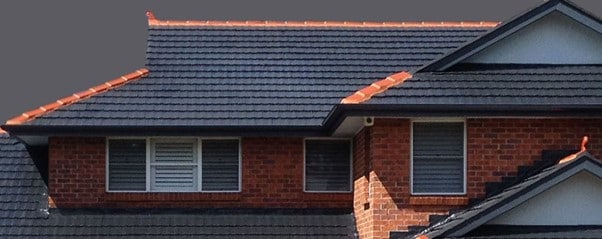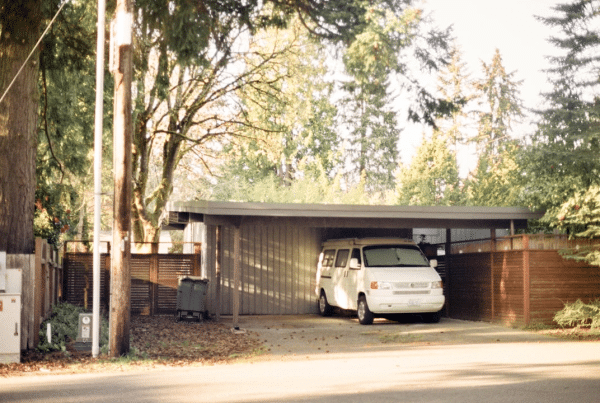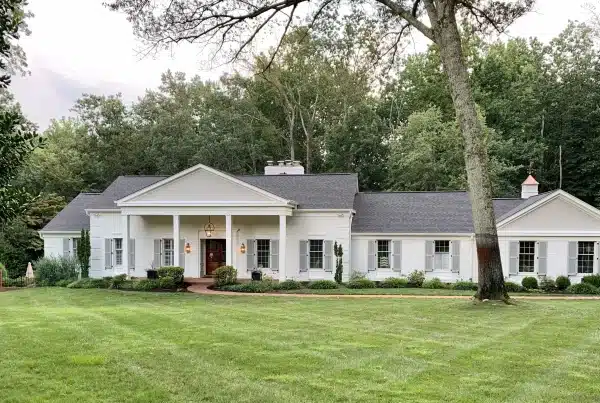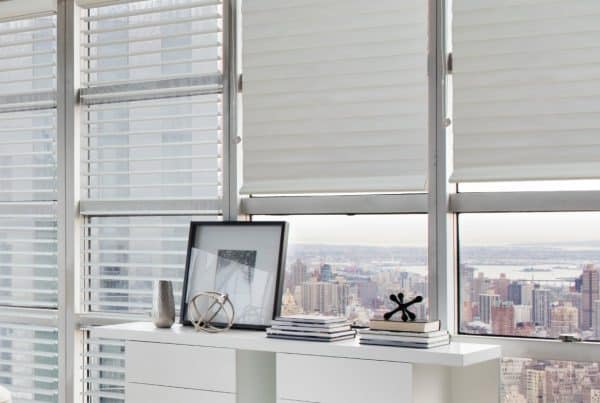Many homeowners have a metal roof on their home, and they may be wondering if it is “okay” to install shingles over the top.
It’s hard to say definitively because there are many factors that go into determining whether this will work for your specific home.
In this blog post, we will explore some of these factors so you can make an educated decision about what type of roofing material is best for your house before you consult with your local roofing company in order to make the best decision.
Overview Of The Two Types of Roofs
We’re going to answer that question in a few minutes. But before we do, it’s important to know the difference between metal roofing and shingles. Metal roofs are typically made from steel or aluminum panels with an underlayment such as asphalt or felt paper.
This type of roof has many benefits that make them a great option for many homeowners. Metal roofs are durable, long-lasting, low maintenance, fire-resistant, energy-efficient, and provide multiple color options.
The downside to this type of roof is they’re heavy and expensive to install.
Shingles, on the other hand, are made from wood and cement products like tar paper or asphalt shingles.
This type of roof is an excellent choice for homeowners who are looking for something that can be installed quickly and requires few other materials to install.
Shingles come in an assortment of colors, styles, and textures so they can blend in with the look and feel of your home. Shingles have a lifetime warranty and are available at most hardware stores.
Is It Okay to Install Shingles Over a Metal Roof?
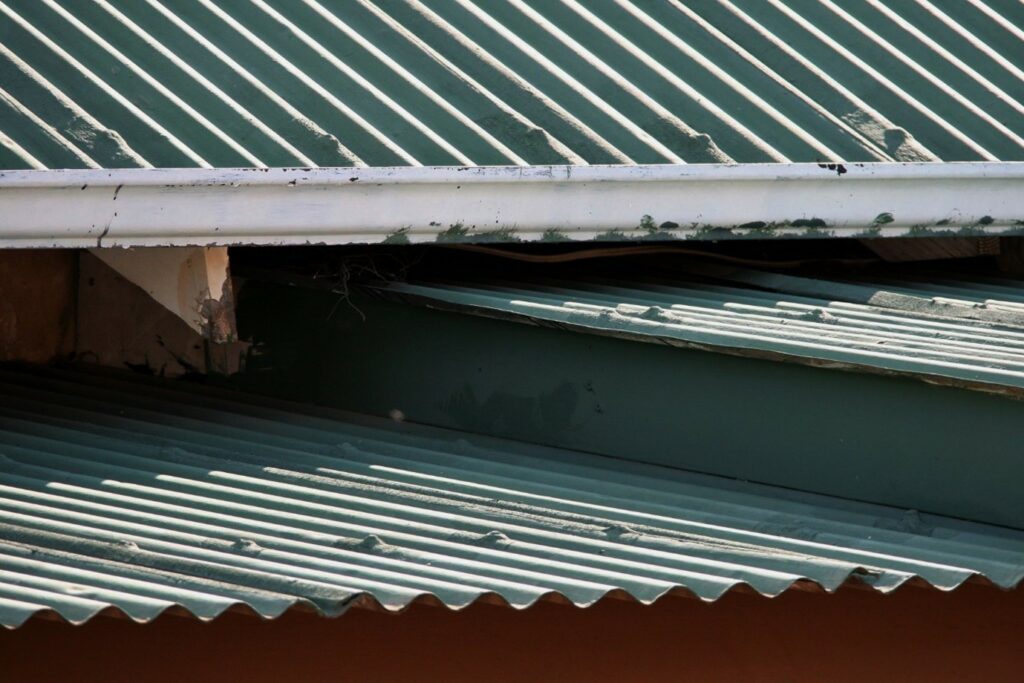
Many homeowners want a durable, low-maintenance roof that will also be good for the environment. If you’re looking for this type of roof, then installing shingles over your existing metal roof may not work well for you because they are heavy and can’t be moved around easily.
Consider installing a metal roof that is made of recycled materials to make it eco-friendly and get the benefits of owning an affordable, long-lasting, durable roof without sacrificing style or color options like you would with shingles.
Pros To Installing Shingles Over a Metal Roof
- Shingles are less expensive than installing a metal roof.
- Metal roofs can be heavy, making it difficult to access areas of your home like your attic.
- Shingles come in a wide variety of colors and textures so they can blend in with the look and feel of your home.
- You can install shingles very quickly, which makes them an excellent choice for the homeowner that needs their roof replaced immediately and doesn’t want to invest much time or money into it.
- Shingles have a lifetime warranty and are available at most hardware stores.
Cons To Installing Shingles Over a Metal Roof
- Shingles may not fit over the metal and will need to be cut.
- It is difficult to seal.
- The metal roof can corrode the shingles.
- It is not necessary for the two types of roofs to be compatible as they will never touch each other. The only concern is water getting under the shingle at some point on its way down to the leak source, but that can be fixed with caulking.
How To Choose Between These Two Options?
The best way to compare these two options is to consider which one will last longer. A metal roof will last much longer than a shingle, so if you don’t want to incur roof replacement cost again soon, then it is best for you.
Installation time and money is another consideration are that the shingles will not have the same lifespan as a metal roof and may need to be replaced sooner than usual.
The shingles will eventually need to be replaced, which means more installation time and money, or the homeowner may end up spending a lot more money in the long run.
Painting costs are about $4 per square foot for pigmented paint for roofs requiring high reflectivity. Add another $5-10 per square foot if you choose clear brighteners, topcoats, oil, or alkyd-based paints, etc., depending on your aesthetic needs.
Painted coatings usually last 5-10 years before they lose their luster due to sun exposure and dullness.
How To Install Shingles Over a Metal Roof?
- Remove base coat underlayment boards. Scrap away any old felt paper underlayments or other materials on the deck surface.
- Carefully score and remove asphaltic membrane material with a utility knife or gas torch (until halfway through). Scrape off any loose particles, tar residue, or oils from the exposed deck area.
- Patch all punctures up to 1/4 inch wide in the membrane’s bottom coating; this can be done before or after removal.
- Wet the membrane thoroughly with water and allow it to dry overnight to seal any cracks that could lead to leaks.
- Dry fit new metal roofing over boards installed on deck (after making sure there is at least a 12-inch overlap of material). Use screws spaced every six inches to secure the overlap.
- Apply roofing cement to joints and screw heads for a waterproof seal. Wet down all metal sheets with water before applying any fasteners (if needed).
- Screw or nail through felt paper into deck following spacing pattern; this will depend on what type of underlayment material is being used.
- Apply a roofing sealant to joints and screw heads for waterproof protection.
- If the existing underlayment is felt paper, skip this step as it will not be needed on metal decking material.
- The metal roof can now be reassembled by reversing the process to complete installation:
- Carefully remove the metal panels from the roof, getting them at least a foot away.
- Install new underlayment material (felt paper) over decking and secure with staples or nails according to manufacturer’s instructions.
- Turn felt paper up so that it will cover exposed areas of metal roofing when reassembled, stapled securely into place.
- Carefully place metal panels back into position. Secure with screws or nails and seal joints and screw heads with a roofing cement to prevent leaks.
- Apply a final coat of roofing sealant over the entire surface for waterproof protection from rain, snow, ice, and other harsh weather conditions.
- The other option is to get rid of the old roof entirely and install a new one on top of the existing metal roofing. You will need to get rid of any shingles from the old roof and then apply felt paper either in sheets or with seams overlapped by at least 12 inches (30 cm).
Other Factors to Keep in Mind
You should be aware that if you choose this option, it may not overlap with the adjacent roof. You should remove any snow or ice from the metal before installing the shingles on top of it.
It is not recommended to install asphalt shingles over a metal roof because they will eventually deteriorate and wear out more quickly due to corrosion caused by moisture, heat, and cold.
If you are considering this option, then heavier-duty metal roofing is required and should be installed over the existing one.
Questions To Ask Yourself Before Installing Shingles on Top of Your Metal Roof:
Do You Want to Use a Metal Roofing That Will Work Well with The Shingle?
If so, do not choose high-temperature asphalt or any other material that does not have good resistance against heat and cold.
Do You Want It to Be More Durable Than Your Current Metal Roof?
A heavier duty metal should be installed.
Conclusion
The decision to install shingles over a metal roof is an important one. Metal roofs typically have shorter life spans than asphalt or fiberglass and require more maintenance, making them less economical in the long run.
However, if your home has been on a metal roof for many years with no serious problems, then it may be worth considering whether installing new shingles will solve any current issues you are experiencing with your old roof before switching materials.

